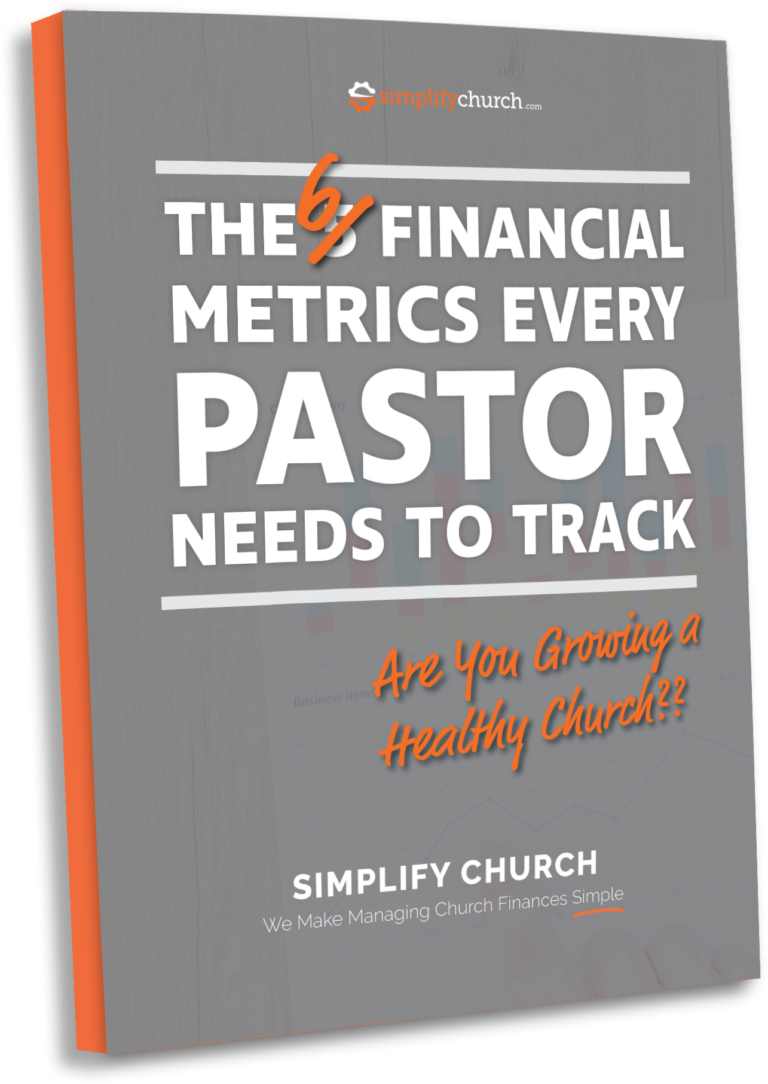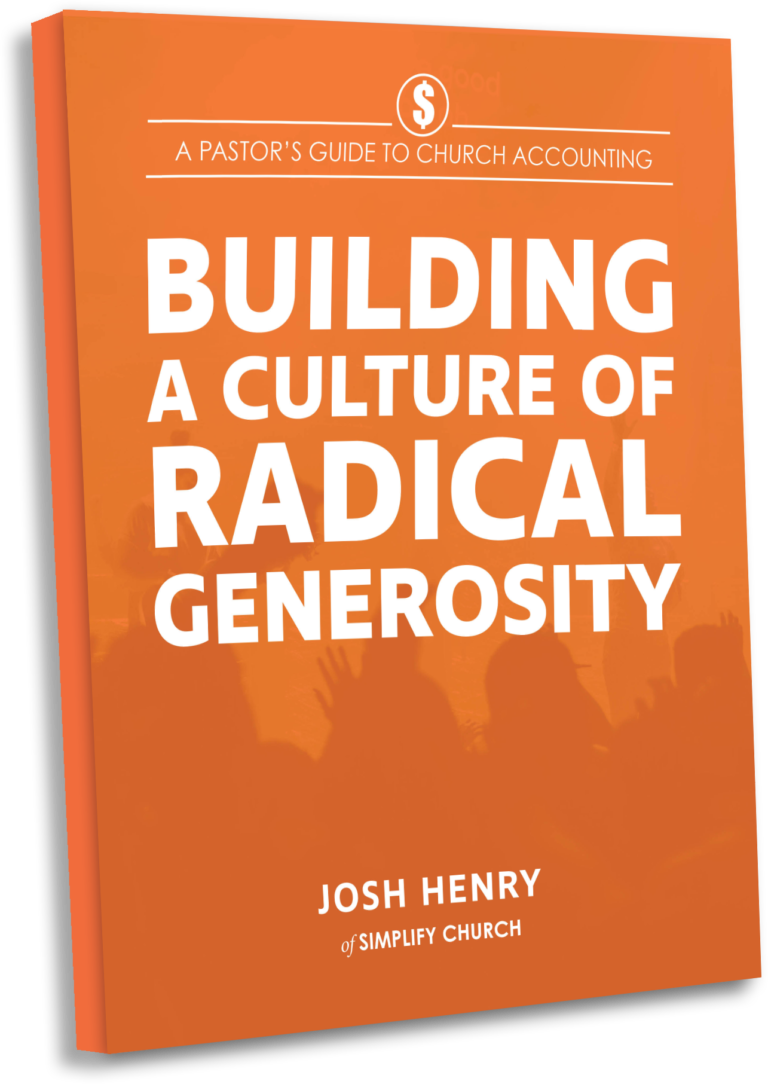Easter is just around the corner and for churches around the world we are entering into the week that is the pinnacle of our faith. If we did nothing else, Easter is the weekend where we can share the Gospel and Grace of a saving faith in Jesus.
Theology aside, there are some practical steps that you should consider for this weekend to give guests the best first impression of your church.
Here’s the deal though, make sure this weekend you are yourself. Don’t do things that aren’t normal for your church. Do what you do best, and do it VERY WELL!
Here are some things to remind you in last minute preparations for your service.
1. Have your facility in top shape
Make sure your facility, whether it’s rented space or your own, is in top condition. This woudl even include some last minute painting this week or even Saturday if need be. Make sure that everything is in top shape. Consider having your maintenance crew available to clean bathrooms, sweep, etc. between services. If you only have 1 service, make sure that everything is positioned and in place BEFORE people start to arrive.
We’ve all been there, running late on Sunday morning and tables with information and other items still don’t have a table cloth, stuff isn’t laid out, no one is there to answer questions. Consider expressing to every volunteer that Easter is the day to be 30 minutes early, no exceptions.
Here are some places that churches over look:
1. Bulletin boards – is there outdated information?
2. Doors and Windows – Windex!
2. Accuracy of Website
UPDATE, UPDATE, UPDATE.
And when you’re done, update again. I’m amazed at how many churches are not taking advantage of the great opportunity to let people know about what’s going on via their website and social media. Just when you think you’ve put out enough info, plenty of status updates or tweets, send another.
Your website is often the first impression people will get of your church. If it’s not giving an accurate representation of your church’s image, branding and identity, you may need an overhaul. Get in touch with us for some cost effective options for that, but we can definitely wait until after Easter.
3. Station as many people as possible in Logo’d shirts around the “mingling” areas. Make it obvious to a visitor or new person where to go for answers.
REMEMBER to express to these people to be careful to not congregate and chat together too much. When volunteers look like they are engaged in conversation with each other, a visitor will not want to interrupt and will move on.
Also, keep in mind that the new person’s experience starts the moment they pull into your parking lot. Put people outside to start the welcoming process.
The entire goal here is to make it easy for a new person to feel like they belong as quickly as possible. Nothing hesitates visitors more than feeling like an outsider or being singled out.
4. Have some way to capture visitor information
You don’t want to start Spamming these people and overwhelm them, but you do want to take an interest in each and every person that shows up this Easter. Chances are, you already have something in place. If not, make sure you print and insert a sheet of paper that people can fill out to give you. Express from the stage that they can give as much info as they feel comfortable.
Oh by the way, have a form to fill out if they check in their kids. This is a very simple way to get valuable information about new families to your church.
Pastor, for an extra piece, express to new people that you’d like to personally meet them and give them a gift. (oh by the way, get a decent gift to give them. Coffee mug, cd, etc.)
5. Don’t Stress
Easter is a big deal and you will have an influx of people that wouldn’t normally attend your church. While for most of us, this is a source of stress because we all want to maximize the impact of our Easter service, you must remember, it’s just another Sunday as well. People will see through over-stressed attempts in your service. Make sure your service is just like any other Sunday. Give people a REAL experience of your church, just make sure you do it REALLY WELL. Nothing will turn off a visitor like trying to be something you’re not just this one Sunday. (they’ll know for a fact when they come back next week!)
6. Follow Up
This may be one of the most important things on the list. Well, aside from the other 4.
In all seriousness, be intentional about your follow up to the weekend. Take Monday to ask yourself how the weekend went. Write down your thoughts, what went well, what didn’t. What would you do differently if you had more time (Last time I checked, Easter happens every year). Getting this documentation now while its fresh on your mind will prove very valuable for next year’s preparations. We’ve all been there planning a repeat event and asking ourselves what we were thinking about changing from last year.
De-brief your staff, leaders and volunteers. Find out what impressions they got, what worked well and what could be improved.
Click Here to grab our Swipe File that contains some forms and questions you should be asking. It will help to engage that debrief discussion for yourself and your staff.
Oh yea, those new visitors, follow up with them too.
Send a letter thanking them for their visit. Personally write (or type) it and get it out to them. If they left an email address, send it there. Don’t add them to your newsletter list just yet, that’s SPAM.
If you asked and they handed you their contact form, IMMEDIATELY after they leave jot a quick note on the card so you can personalize the communication back. What did you talk about, what did they mention, who invited them, how did they find you; these are all things that you can mention that will personalize that message back to them.
While Easter is the most attended day for most churches, remember that all these things should be done each and every week you have service. We should always be putting our best foot forward and doing things with excellence. We know stuff will happen and things will go wrong, but accepting complacency in our church is not an option.







 My little Kambell is growing up. She started Kindergarten this year and while that first day was definitely harder on my wife than me, it has still slapped me into a new reality. In the last week, I’ve had to learn an entire new schedule for drop off and pickup, but also a new schedule to get my work done. My time in the office has been cut by 2 hours.
My little Kambell is growing up. She started Kindergarten this year and while that first day was definitely harder on my wife than me, it has still slapped me into a new reality. In the last week, I’ve had to learn an entire new schedule for drop off and pickup, but also a new schedule to get my work done. My time in the office has been cut by 2 hours.

